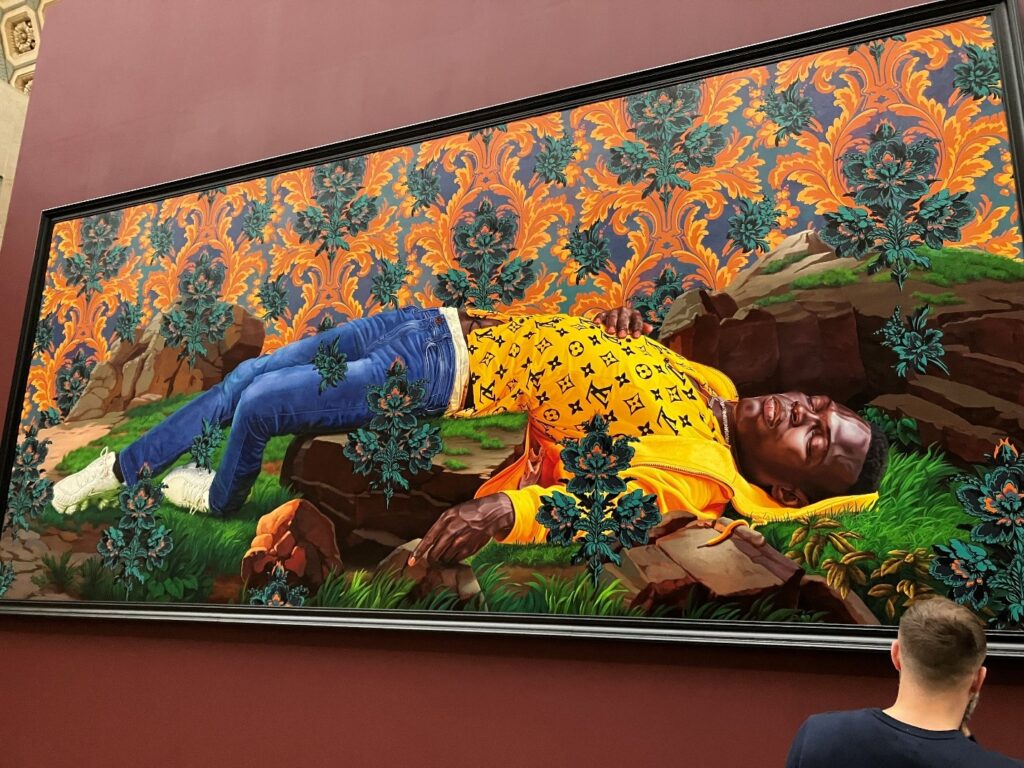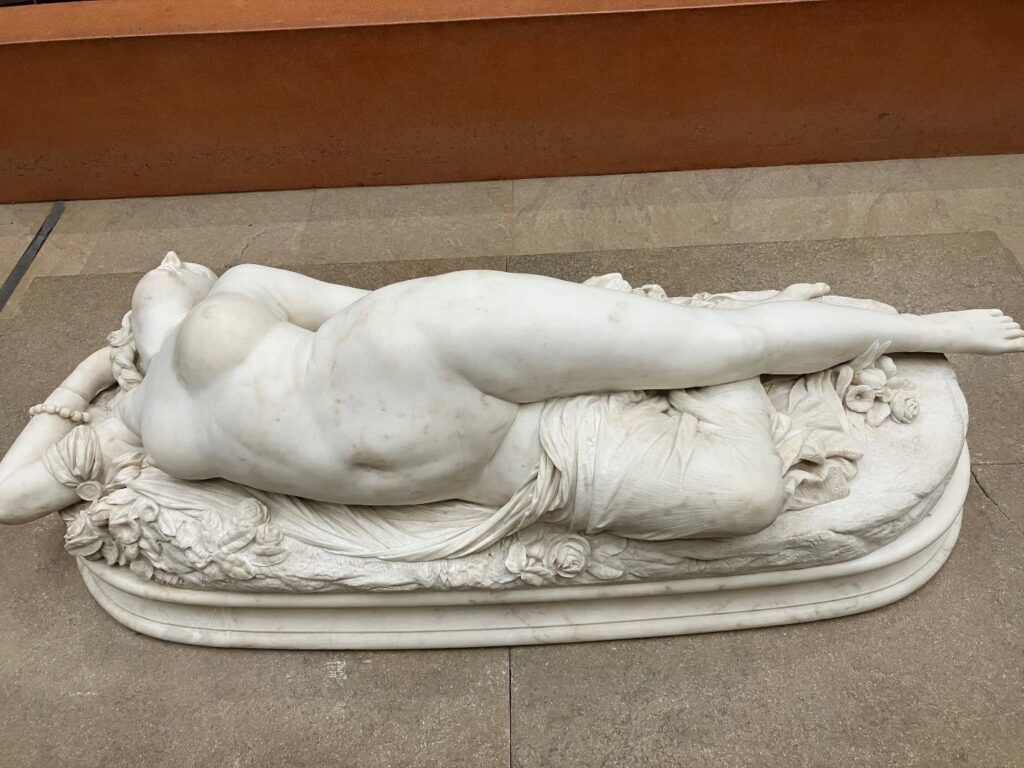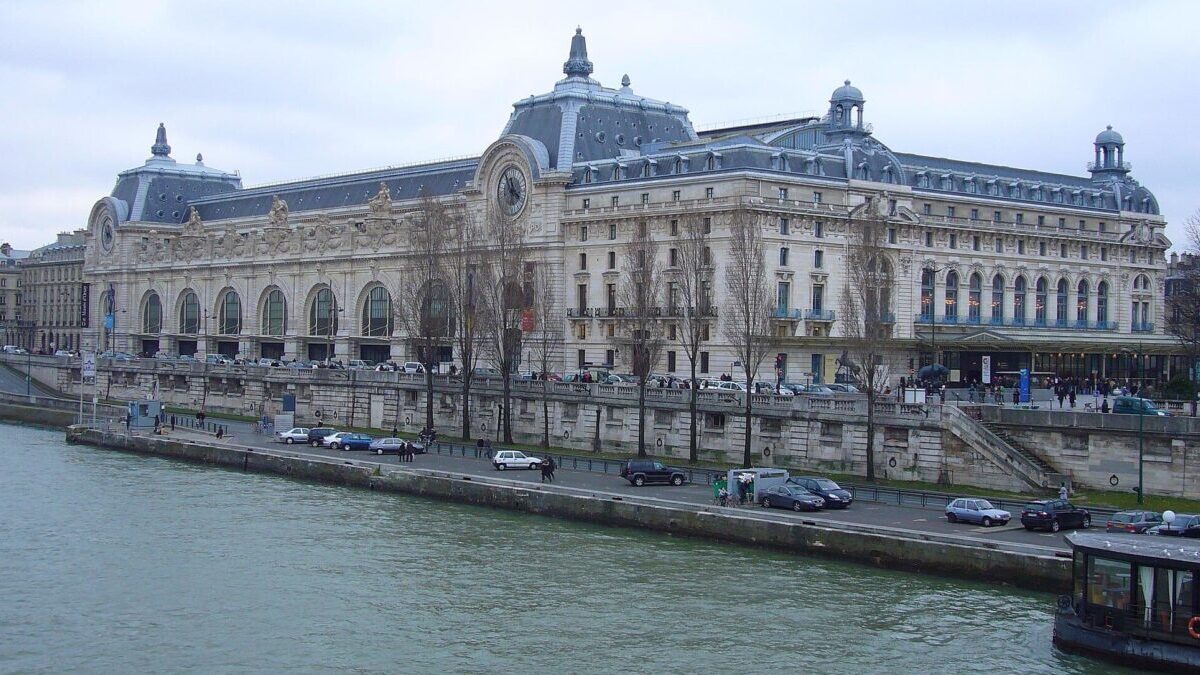The far-left assault on the quality of intellectual and creative work is frequently neatly and explicitly acknowledged in the language of the diversity, equity, inclusion (DEI) dogma that serves as the movement’s philosophy.
For example, on the campus where I am employed and many others, the term “inclusive excellence” is increasingly used to express commitment to academic achievement. But of course, the very term is a deformation of the notion of excellence, which in its broadly understood meaning implies something that is distinguished in quality from the less than excellent, i.e., in the classic academic grading scale, the good, the average, the poor, and the failing. But such a demonstrably hierarchical ranking system is seen under DEI logic as intolerably “non-inclusive.” “Inclusive excellence” in practice then necessitates changing the old hierarchical standard of excellence in order to ensure the politically desired amount of diversity among the newly defined “excellent,” some of whom are by definition not excellent.
Sometimes the leftist assault on quality brazenly attacks standards by just inserting obviously inferior work in company with works of much higher quality.
During a trip to France last year, I fell upon a depressing example in the world of art. On a visit to the Musée d’Orsay in Paris, I was surprised to encounter the kitschy mediocrity in the image below. It is the work of the same American painter, Kehinde Wiley, who gave us that bizarre, amateurish rendering of President Barack Obama in a suit sitting on a chair in the middle of a forest of vegetation (or perhaps he is in front of the ivy-covered outfield wall in Chicago’s Wrigley Field, preparing to shag fly balls?). This gigantic painting of a young black man in jeans and a yellow hoodie lying on an outcropping of rock occupied a vast amount of space in the central nave of the Parisian museum. Its size practically guaranteed it would be all but unavoidable for any visitor walking in that part of the building, as it was for me.

The Artist’s Obama-Like Biography
Who is Kehinde Wiley, and on what grounds was it determined that he is an artist of sufficient quality to have his work in a museum of such prestige in the Western art world?
Wiley’s biography is not unlike that of the most famous of his subjects, Barack Obama. Indeed, they are so similar that one imagines some of this autobiographical consonance might well have figured into the former president’s decision to have Wiley do his official portrait.
Wiley’s father is a Nigerian who came to the U.S. on a student visa, met Wiley’s mother, an African-American woman, and had six children with her before abruptly abandoning his family to return to his native country. This is of course much like the story of the Kenyan Barack Obama Sr., who left his young son and his son’s mother, the latter of whom he met during a stay in Hawaii on a student visa, after just a few years to pursue his own career goals. But unlike Obama, whose mother, like his father, also chose her own professional ambition over her son and left him to be raised by her parents, Wiley was raised by his single mother in Los Angeles.
Narrowness of Aesthetic Range
The monotony of Wiley’s work, aesthetically and in terms of subject material, is what most stands out when one looks at a sizable collection of his paintings. Virtually every subject in every painting is black and young, and they are often wearing obnoxiously loud urban streetwear: garishly colored sneakers and jackets, T-shirts many sizes too big, brand names and logos frequently visible. Shirtless, muscular young black men are a common subject for Wiley.
The only non-black subjects I found in several hundred of his works I located online are a few teen French boys and two dead white women, whose heads were removed by black female executioners also depicted in these two paintings that thematically adapt the Judith and Holofernes narrative of the Old Testament. The latter two works were commented on by numerous critics when it was announced that Wiley would be doing Obama’s presidential portrait.
Great painters may focus for long periods on limited subject matter, but the narrowness of Wiley’s aesthetic range and interests is truly remarkable. Obama’s account of the appeal of his work wisely steered clear of any discussion of its artistic quality and focused instead on its perfect congruity with leftist politics: “What I was always struck by whenever I saw his portraits was the degree to which they challenged our conventional views of power and privilege.” One does have to admit that it certainly constitutes a challenge to something to distort a Biblical narrative of Jewish resistance to foreign conquerors into a vision of murderously anti-white wokeist rage.
Art as a Message on Violence Today
The display of the Wiley painting I saw in the Orsay was certainly an effort by the museum to surf on, or at least to endeavor to avoid being swamped by, the global tidal wave of overwrought racial justice concern of the past several years.
The painting pictured above is titled “Woman Bitten by a Serpent.” There is a breathtakingly beautiful mid-19th-century marble sculpture by Auguste Clésinger with the same title (see image below) sitting in that same museum, in a location not far from the wall where Wiley’s work hangs. This is apparently an effort by Wiley to comment, from within the nakedly politicized vision of art within which he works, on this exemplar of the heights of Western art.
A glance at the two works lets any viewer with even the most minimal aesthetic sensibilities know that we are dealing with artists occupying very different positions on the hierarchy of vision and talent. The distortion of the original is indeed already there in the fact that Wiley has not even depicted a woman, but instead a gaudily dressed young man. Wiley, who is a homosexual, frequently attempts to undermine sex categories in his paintings. The president of the Musée d’Orsay, Christophe Leribault, follows Obama’s lead in his fawning description of Wiley’s eyesore: “Whilst playing with the stereotypes of Western painting and sculpture, Kehinde Wiley carries an up-to-date message concerning the violence of contemporary society.”

Left unaddressed by Leribault is the question of precisely why we need or want art to give us “up-to-date message[s] concerning the violence of contemporary society.” Who decided that this is what art does or should do? If it is in fact central to the mission of art to remind us in an “up-to-date” way what “violence [in] contemporary society” looks like, perhaps we can count on Leribault at some point to give Orsay visitors some works representing other aspects of this social phenomenon. Perhaps depictions of the fact that blacks in the United States (where Wiley lives) are only about 13 percent of the population and yet they annually commit more than half the murders in the country, with most of the victims also black?
It is, by the way, a virtual certainty that Muslim immigrants to France are similarly overrepresented in the ranks of perpetrators of violent crime there, though the French authorities do everything possible to keep the public from knowing such facts with clarity by, for example, refusing to collect information on the race, ethnicity, and immigration status of criminal offenders. Does one dare believe that Leribault might consider displaying some works that communicate this “up-to-date” message on societal “violence”?
Of course, these things are out of the question. The same politics driving the Musée d’Orsay’s decision to display Wiley’s crude effort, which would not be out of place on the side of a Parisian metro car, is what is behind the elevation of figures such as leftist academic writers Michelle Alexander and Ibram X. Kendi.
Capitulation to the Woke
I have been going to the Musée d’Orsay now for several decades, since my days as a student. It is nothing less than a travesty to find the woke cancer has metastasized to that cultural location now too. That the Wiley painting is considered by the people who run the institution as at the same artistic level of sophistication as the many Cézannes, Renoirs, Manets, Fantin-Latours, and Pissarros that have long adorned the Orsay’s walls is a sad statement about the leveling that must also be going on in the ranks of these administrators. It is a certainty that this decision will produce much head-scratching and carefully muffled laughter by serious museum-goers.
In Michel Houellebecq’s magnificently unsettling novel Submission, which describes an Islamist government coming to power in France, there is a passage in which Robert Rediger, the new director of the Sorbonne under the Islamist regime, describes to the narrator how he came to reject first the religion of his birth, Catholicism, and then his cultural identity as a European before ultimately converting to Islam. Rediger realized, in seeing a historic Art Nouveau building in Brussels abandoned and destroyed, that the West no longer had the will to defend its own aesthetic heritage against its enemies. He knew at that point that the West was beaten.
The Musée d’Orsay’s capitulation to leftist stupidity represented by Wiley’s absurd painting is one more step in exactly that direction.









